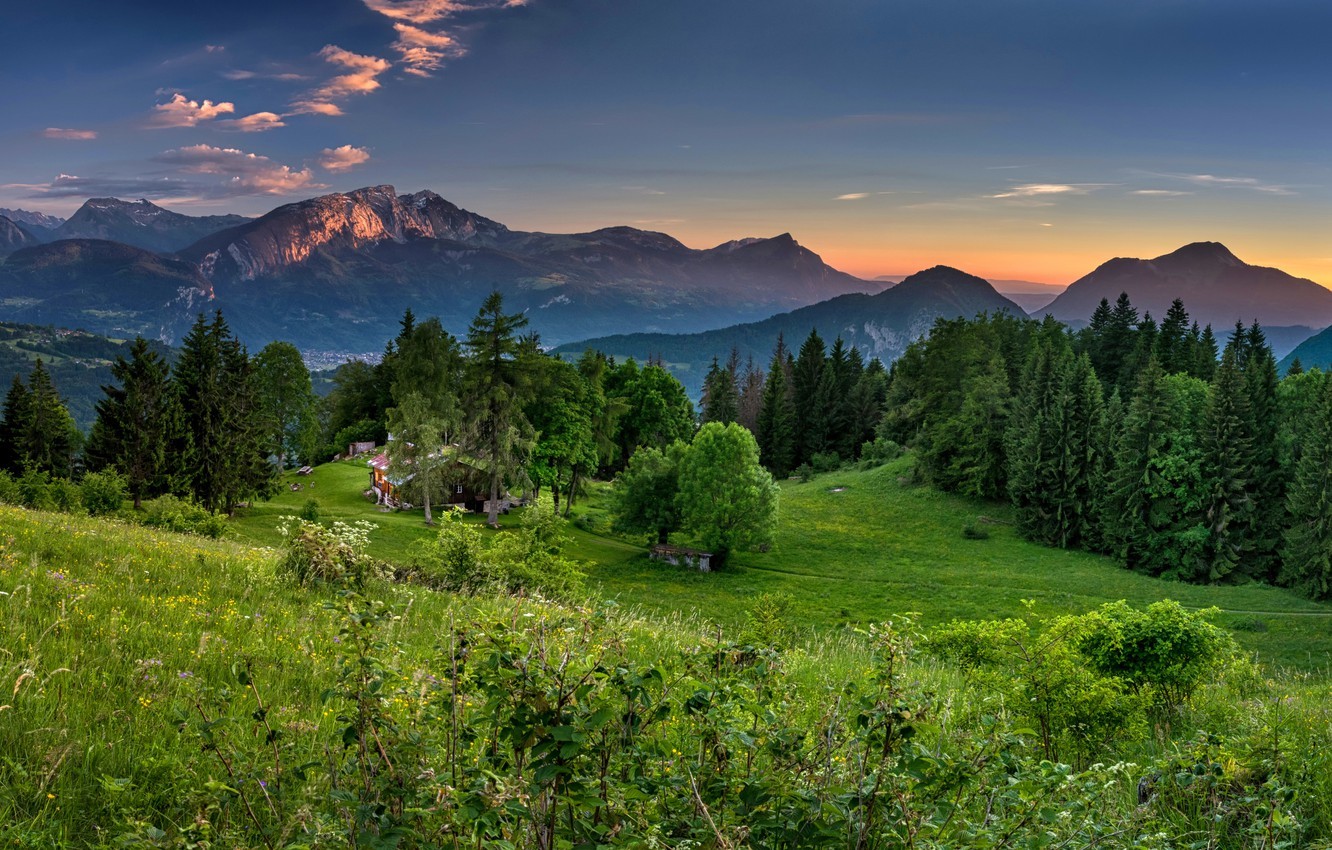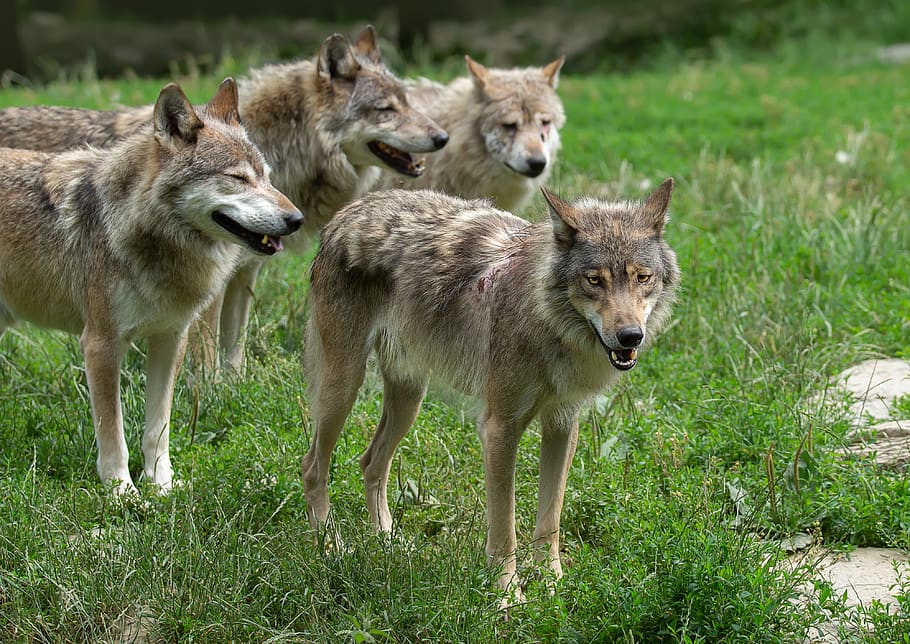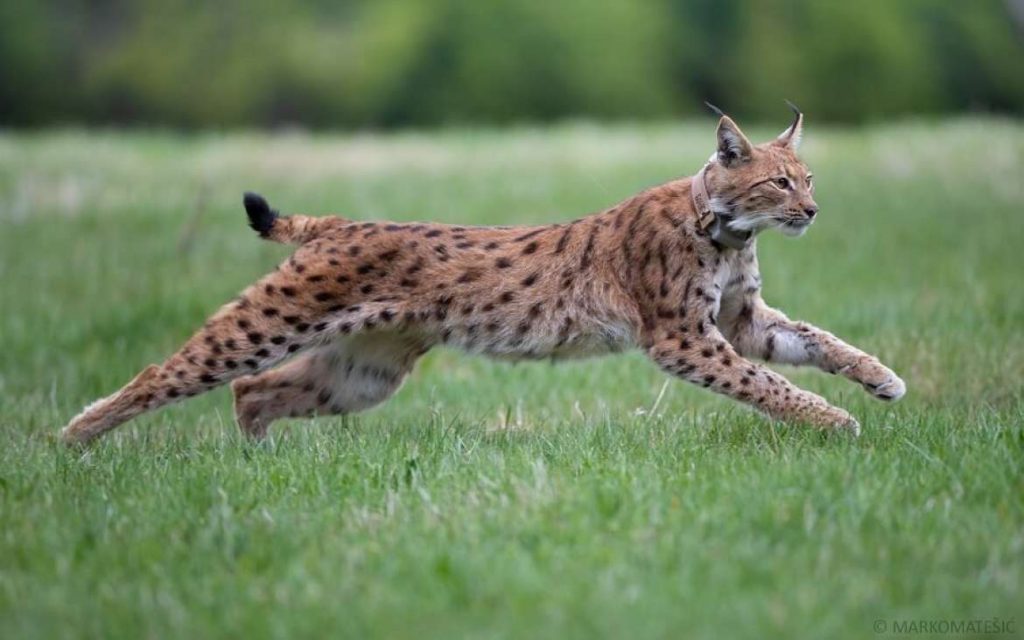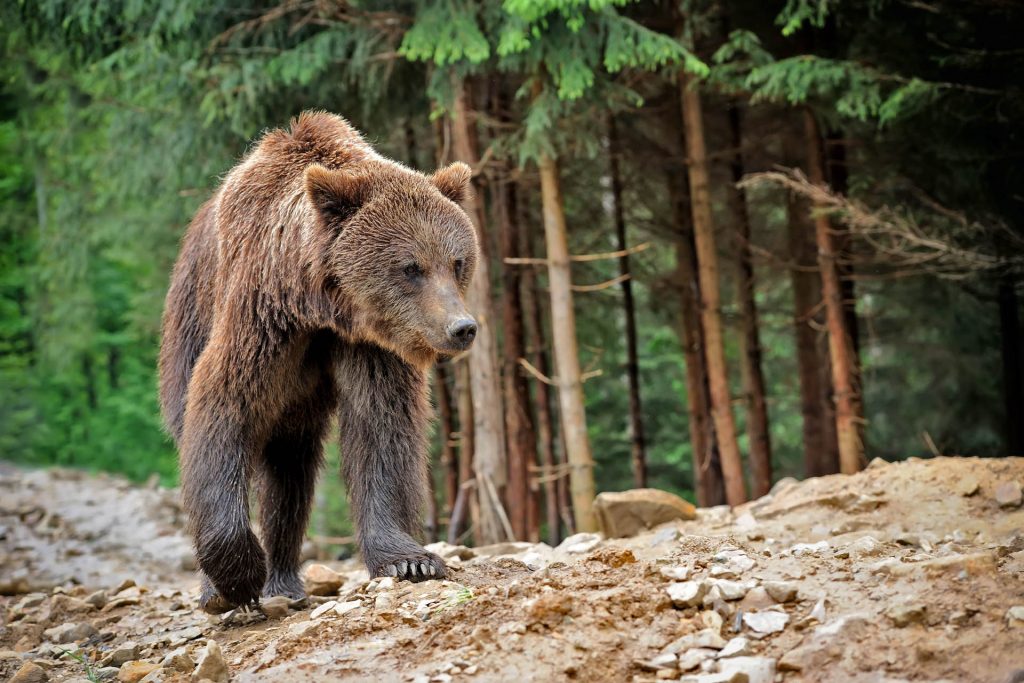Just bare in mind, with the video above, if you have problems with heights, the view when you start the video above will not be pleasant.
So, if you are a species who spends its days moving around on cliffs, which most species would spend their lives avoiding often even if the alternative choice is death, clearly it is extreme.
The fact of the matter, is that heights are not the only threat that animals like mountain goats face when living in the mountains: Bears, wolves, eagles, and wolverines and even animals like snow leopards that live in the mountains, will get the majority of their calories from meat. Animals like mountain goats, along with various deer species, will be the mainstay of these predators in the mountains.
What is, unfortunately a fact, is that mountain goats do not fly. As such they need to be able to see the cliff, so as to be able to step carefully and not loose their footing.
This means that goats cannot become nocturnal, as without enough light, they will fall to their deaths. As such mountain goats tend to be crepuscular – active in the early morning and late evening




